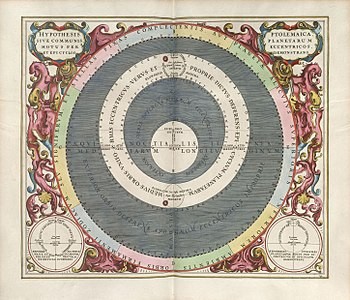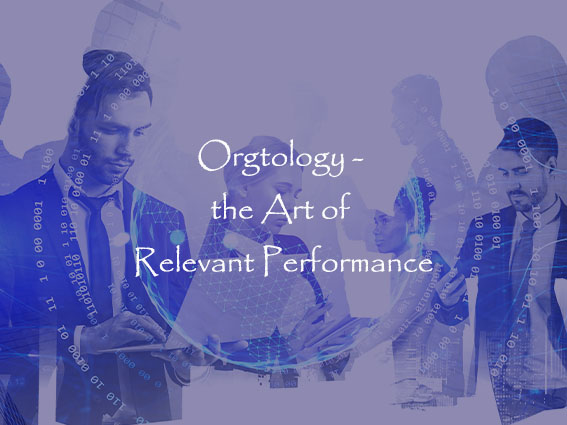EOP is an acronym for Exposure, Opportunities, and Process. It replaces the old SWOT analysis. SWOT means Strengths, Weaknesses, Opportunities, and Threats. As with SWOT, the EOP aims to help us understand a current reality.
Although SWOT is a helpful way to prepare for strategy, it has limitations. I discuss the detail in my post: "EOP vs. SWOT and PESTLE." I created the EOP analysis in 2018 as a tool to aid day-to-day management. It helps to minimise risk, exploit opportunities, and drive efficient and dynamics processes. This is most of what any manager must do. Mostly we use the SWOT tool before or during a strategy session. EOP has a much wider scope.
I urge my clients do an EOP analysis every year. This gives them a constant grasp of their current reality. Its use is as valid for day-to-day operations as it is for strategy. EOP can be a discussion, a thinking process, or a research method. I discuss this in my post: "How to do an EOP Analysis."
EOP and Hypothesis 2x
In the post; "Hypothesis 2x of Inverse Duality", I explain that change happens when receptive and projective forces interact. This gives Org a way to be both relevant and performing. To recap, a receptive force is something that creates order, e.g., operations. It drives processes and systems to efficiently repeat a known past. A projective force is disruptive, e.g., strategy. It ignites projects and programmes that will effectively create the future. In such, receptive forces will absorb and organise the change that we introduce.

Hypothesis 2x of Inverse Duality
Through an EOP analysis, we can grasp the state of receptive and projective forces. This helps us to work with them in a clear way. One could argue that SWOT also does that. In SWOT, "opportunities" and "threats" are projective whilst "strengths'' and "weaknesses" are receptive. With EOP the focus is more specific. We get info to create a chaos / order equilibrium. We ask… What change will opportunities drive? How will risks change what we do? How receptive are our processes to deal with this? These questions help us to know how much order we need, to hold the chaos that we must face and induce. It creates a context. EOP helps us to bring balance between opportunities, risks, and processes. From here we can devise effective strategy.
In line with Hypothesis 2x, opportunities and risks are projective. They bring change and threaten the algorithms that drive the process activity of Org. Process efficiency and dynamics are receptive denominators. They enable the change that opportunities and risks bring. In so, processes will create the rules for doing something, whilst opportunities and risks will define the relevance of what we do.
The four dimensions of an EOP analysis
The first dimension of EOP is risk Exposure. Activity or the absence thereof can create risk. We grasp risks when we know which obstacles the processes and projects of Org face. Processes and projects hold all the activity of Org. To assess a risk, we must know what its probability and impact is. EOP uses PESTLE and Porter's five forces to guide the risk detection process. PESTLE stands for politics, economics, sociology, technology, law, and environment. Porters five forces are: competition, suppliers, buyers; substitutes, and new entrants.
The second dimension of EOP is Opportunities. Something is an opportunity if it adds value to the purpose and intent of Org. Opportunities drive strategy. Alongside risk and process efficiency, it will create your strategy. Through strategy we must minimise risk; exploit relevant opportunities; optimise process efficiency; and drive meaningful dynamics. In so, our EOP will drive our strategic choice. As with risk, we use PESTLE and Porter's five forces to find opportunities. To know the viability of an opportunity, we test it against the 5V Model.

How to create vision through the 5V Model.
The last dimension of EOP is Process efficiency and dynamics. We split this dimension into efficient- and dynamic- processes. Efficient processes are concrete. They work on pre-set algorithms that we can measure and predict. This means that they have a set of rules that dictate how they must behave. They are predictable and we can control them. Examples are recruitment; procurement; budgeting; performance assessment; strategy development; risk assessment; accounting; CRM; etc. Dynamic processes are abstract. They do not run on pre-set algorithms. This means that we cannot measure or predict them. They are random and always originate within a relationship. Their effect depends on the behaviour of the humans who control them. Even the most stable humans are often unpredictable and irrational. They are difficult to control. Examples are application of organisational values; work competence; employee wellbeing; communication; conflict resolution; etc.
How to ensure a healthy EOP
EOP splits process-based work from project-based work. Processes are repetitive because they aim to efficiently repeat a known past. Projects are non-repetitive because they aim to effectively create the future. We use non-repetitive activity (projects) to create relationships, exploit opportunities, find risks, and to fix efficiency problems. In so, we use repetitive activity (processes) to manage relationships, opportunities, risks, and efficiency.
The aim of strategy is to keep an organisation relevant. In so the aim of operations is to perform. Together they create the Relevant and Performing Organisation (RPO). An EOP analysis will show which relationships to maintain and improve; which opportunities to take; which critical risks to manage; and which efficiencies to fix. In so, an EOP analysis directly aids the creation of an RPO.
In orgtology we also distinct leadership from management - in an easy way. I explain this in the post; "The difference between leadership and management – an orgtology perspective". Leaders keep an organisation relevant and managers help it to perform. Relevance holds the most risk, since it takes us into an unknown future; whilst performance cycles a known past. Without one the other has no meaning. Therefore, in orgtology, management is as important as leadership, and contrarywise.
The effect of this for EOP is as follows:
- We lead a strategy with the aim of exploiting effective opportunities.
- We manage a strategy to maintain meaningful relationships.
- We lead operations to mitigate risk.
- We manage operations to maintain efficient processes and systems.
The grid above also shows how one can assess each dimension of EOP. The SWOT is extremely general in this regard. It simply says that we must look at the good and bad of the inside and outside. That is very wide. EOP is more specific. It assesses processes on how efficient systems are, and relationships on their meaningfulness. It assesses opportunities on their effectiveness, and risk on how well we mitigate them. This is a vastly specific report on the current reality of Org.
Interdependence of the EOP dimensions
The horizontal line through the Venn Diagram below shows how we distinct relevance from performance in an EOP. From this post, we learn that relevance favours non-repetitive work (projects), whilst performance does so for repetitive work (processes). Jointly, they define the relevant and performing organisation (RPO).
- The task of management is to ensure efficiency and maintain meaningful relationships. In that, a manager aids both relevance and performance.
- The function of operations to serve purpose. To do so, it must drive efficient processes at minimum risk.
- The aim of a leader is to ensure relevance
through exploiting the right opportunities and to secure performance by
minimising risk exposure.
- Strategy drives intent. To do so it must negotiate meaningful relationships and exploit effective opportunities.
The inverse of all this is as true. Efficient processes, meaningful relationships, and moderate risk will guide operational management. In so, effective opportunities, meaningful relationships, and moderate risk will drive strategic leadership.
Application
"So what?" is a question of application. Through EOP one can grasp the performance and relevance of an organisation. Each quadrant within the EOP has a generic remedy. The model below shows them.
- A performing manager will focus on efficiency.
- A performing leader will minimise risk exposure.
- A relevant manager will ensure meaningful relationships.
- A relevant leader will exploit effective opportunities.
EOP is an amazing tool that brings the grasp of performance and relevance to life. It shows Org where it is, so that it knows what to do to get where it wants to be.





